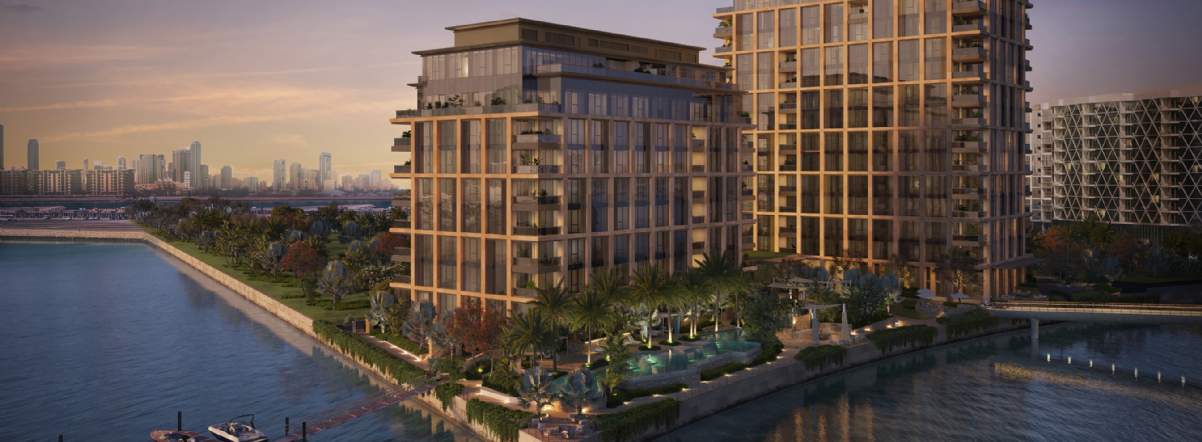Diversification of location and product type will be a leading driver of branded residences through the pipeline period
The branded residences sector has historically been led by schemes from luxury hotel developers, but as the sector continues to grow and diversify other brands and chain scales are capturing increasing market share. From being entirely dominated by hotels, it is estimated that by 2030 non-hotel brands will account for 20% of the total supply, an increase of nearly 40% from current levels. Within hotel brands, the offering continues to diversify. While luxury chains still account for twothirds of completed schemes from hotel brands, upper-upscale and upscale brands are increasing their presence. By the end of the pipeline period in 2030, these two chain scales are forecast to increase their market share by 50% and 70%, respectively.
Since branded residences have been an asset class reserved primarily for the global High net worth population, there have been a few things which have been absolutely critical for buyers. Services and amenities such as the concierge, fitness centres, restaurants & bars, and housekeeping remain key, but there are new elements which have become integral for today’s buyers. Wellness and experiential amenities have risen in importance, especially postpandemic. These amenities and focus on the lifestyle of branded residence owners are a key part of the new generation of lifestyle and leisure hospitality brands in the pipeline. Buyers are also increasingly interested in sustainable schemes and schemes with both indoor and outdoor space. These changes represent more of a shift towards the desire for living spaces and amenities that suit the lifestyles of an increasingly discerning set of buyers.
Over the coming years, branded residential schemes are forecast to continue their growth worldwide; however, there are quite a few hotspots which are expected to see significantly higher growth than other metros by 2030. There is substantial growth in emerging cities, such as Cairo. The Egyptian capital is forecast to observe the highest pipeline growth, increasing from one currently operational scheme to 17 by the end of the pipeline period. Ho Chi Minh City, Nha Trang, Guanacaste and San Miguel de Allende round out the top five, each with forecast growth of more than 400% by 2030. With strong historical and forecast economic growth, as well as increasing numbers of high net worth individuals, brands can be confident in increasing their presence in these locations.
There are quite a few hotspots with strong economic growth and increasing numbers of high net worth individuals where brands can be confident in increasing their presence.
Resort locations are also exhibiting increased growth. Coastal locations, especially those around the Mediterranean and the Caribbean, offer hassle-free ownership, security of a known-brand, and rich amenities, rendering them especially appealing to buyers in these areas. In the Caribbean, the Bahamas comprises the largest supply of branded residences with a 27% market share, followed by Cayman Islands (26%) and Turks and Caicos Islands (23%). Across the region, supply is set to double by 2030 from 23 schemes to 44 and account for nearly 3,300 units.
But resort locations are not limited to summer and winter sun. Branded residences in ski locations, while relatively new, are a growing segment for many operators. Branded residences in ski markets currently total 48 schemes with a further 14 in the pipeline, demonstrating ample opportunity for expansion within these locations. By following their clients from cities to the beach to ski-in and ski-out, brands such as Four Seasons, One&Only and Six Senses have all expanded into mountain locations.
Read the articles within Spotlight: Branded Residences below.
Further information
Global Residential Development Consultancy

.jpg)
.jpg)
.jpg)
.jpg)
.jpg)